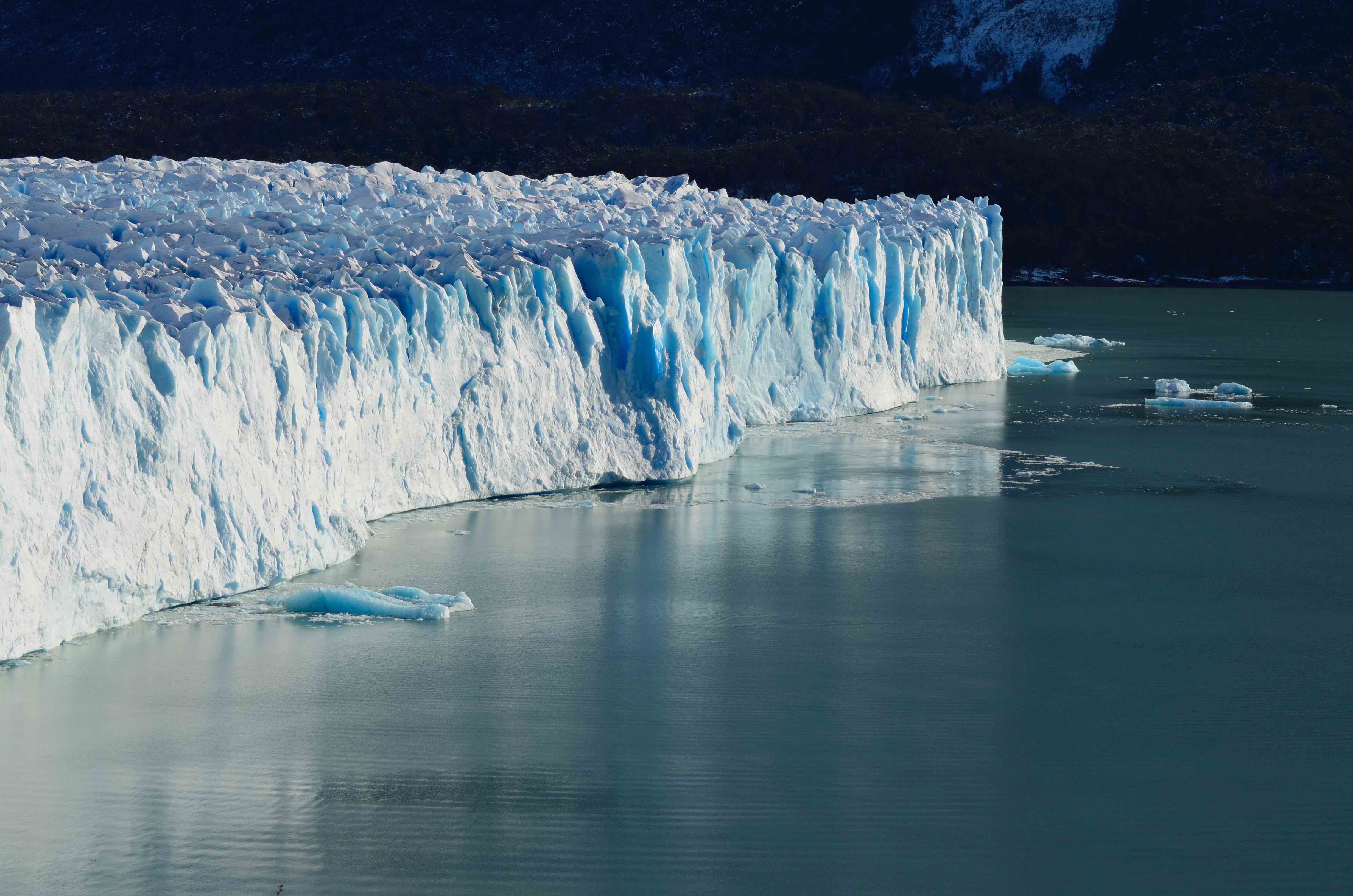Written by: Bailey Buckner
Climate change-related risks within traditional corporate and economic models have long existed as intangible theoretical scenarios. But the halcyon days of climate change denial are ending abruptly. Increasingly frequent and catastrophic natural disasters, that are both exacerbated by and affecting business as usual, have executives and government officials around the world concerned.
Private and public sector entities face three overarching climate change-related risks: financial, physical and reputational. The wildfires in Australia and California are perfect case studies for our new reality.
The Australian Bushfires
Climate change-related weather patterns created incredibly dangerous conditions in Australia. Months before the bushfires, rural firefighting services and fire chiefs tried to warn the Australian government of impending disaster. They fought for vital resources they never received. Many firefighting organizations were even subject to budget cuts, further hamstringing their capabilities. Prime Minister Scott Morrison’s handling of the bushfires, or lack thereof, has resulted in a heavy hit to his approval rating.
To add insult to injury, the Australian bushfires came at a tricky time economically. During the second half of 2019, RBA cut rates three times in an attempt to bolster the flagging domestic economy. The bushfires have undermined these cuts by negatively affecting growth forecasts, consumer confidence and tourism.
Physically, more than 27 million acres have burned, including agricultural land and infrastructure. Experts predict Australia’s dairy supply will be hit hard from loss of land and livestock. According to Bloomberg, output of meat, honey and wool may dip as well. And wine lovers will be distraught to learn Australian vineyards have also been affected.
The California Wildfires
As in Australia, the wildfires in California have grown increasingly frequent and intense as a result of longer-lasting and more severe droughts. Pacific Gas & Electric (PG&E) is now all too familiar with the risks of conducting business as usual in hazardous weather conditions. According to Business Insider, PG&E’s faulty equipment and poor infrastructure maintenance have caused 1,500 California wildfires in the past six years, including the state’s deadliest wildfire ever.
PG&E is now relying on planned outages to prevent wildfires when there are dangerous weather conditions. According to PG&E leadership, customers can expect blackouts for the next decade as PG&E improves its infrastructure.
After filing for Chapter 11 bankruptcy at the beginning of 2019, PG&E agreed to pay three settlements amounting to approximately $25.5 billion. PG&E may also be liable for losses incurred during blackouts pending the passage of bill SB378, which would impose a $250,000 hourly penalty for every 50,000 homes or businesses affected by a blackout that was not reasonable or prudently planned.
The Times They Are A-Changing
This year, for the first time in the event’s history, climate change took center stage at the World Economic Forum in Davos. Financial Times reported a significant shift from hushed sideline conversations to open and authentic discussions about climate change and the risks it poses. Unbelievably, oil and gas executives joined these discussions with gusto.
The writing is on the wall; organizations that fail to implement sustainable business solutions will soon find themselves on their back foot. They will be faced with challenges impossible to overcome without proactive resilience and sustainability planning.
Related: Is the Fed on the Verge of Becoming Even More Dovish?



